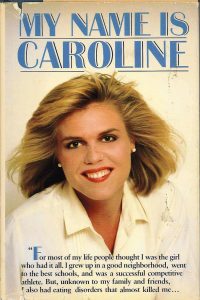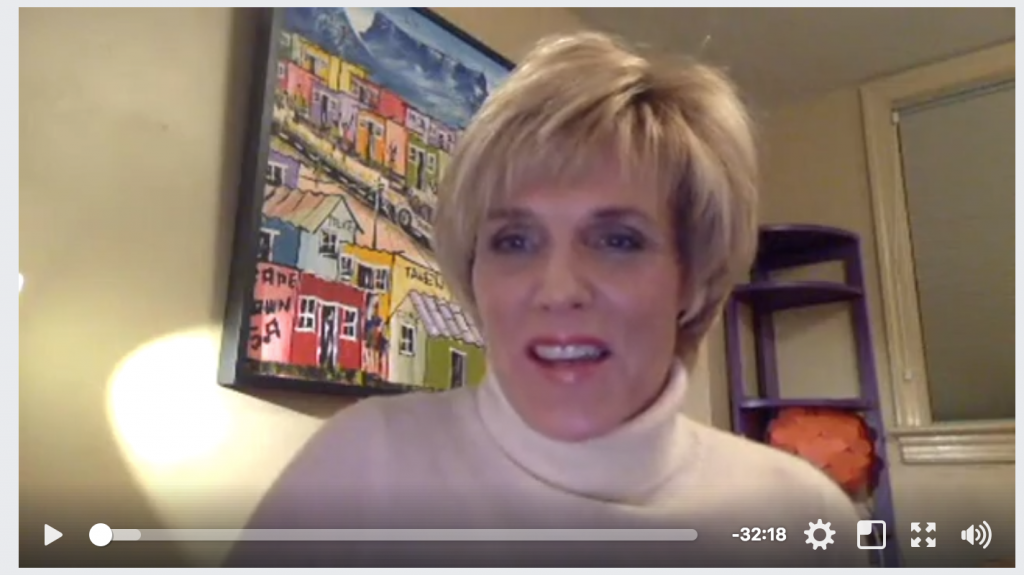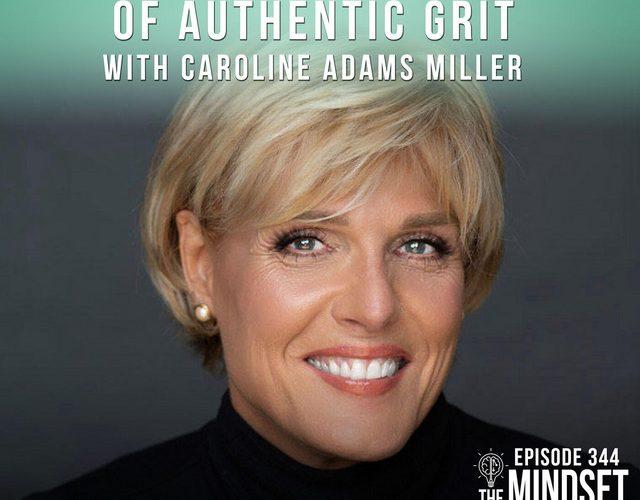January 4, 2018
My client morosely shared the professional woes he’d experienced in recent years as I scanned his VIA Character Strengths Survey results and listened carefully. He said his business partner had taken over their company’s website and locked up their clients in his new rival business. People he’d trusted with handshake agreements had broken his trust. Customers he’d extended credit to when they couldn’t pay their bills weren’t returning his calls. “I’ve always been a stand-up guy whose word is my bond,” he lamented. “How could this happen to me? And this will show you how stupid I feel – when my business partner was hospitalized last year from exhaustion, I was the person who visited him and told him not to worry about work, and that I’d have his back!”
My client (I’ll call him Peter) was experiencing something I often see when people take one or more of their best traits and overuse them to their detriment. Peter was high in forgiveness and kindness, which were strengths that had served him well in building relationships over his lifetime, especially when he’d overlooked minor transgressions and forgiven friends for brief lapses in collegiality. His kindness was also something many others had witnessed and benefitted from, as he was a frequent donor to philanthropic causes within his synagogue, and was always quick to console a friend who needed a hug, a piece of advice or just a word of encouragement.
What I explained to Peter was that while some of his top VIA strengths had been beneficial in many ways that had resulted in positive outcomes, it was the overuse of those same strengths that had put him in such dire straits.
“I suspect you’ve been too kind to people who took advantage of your goodwill – namely your former business partner – and that you might have forgiven ‘unforgiveable’ behavior at times. Is that true?”
Peter’s sigh confirmed my suspicion. When I brought up “unforgiveable” behavior, he told me that he’d seen signs that his business partner wasn’t trustworthy, but he’d chosen to overlook them in a desire to take the longer, more generous, view of their partnership. And taking over his partner’s business burdens while he was hospitalized had resulted in Peter working seven days a week, rarely spending time with his wife and children. It wasn’t long after this episode that their business had dissolved and Peter saw that he’d been taken advantage of. Hiring me had been his first attempt to understand what had happened and how to make sure that he learned how to be savvier and more aware of red flags.
Learning About Your Strengths
Using your top strengths to be happy and achieve your goals was popularized in Marcus Buckingham’s pioneering bestseller, Now Discover Your Strengths. In that book, he wrote about the power of harnessing one’s natural talents and exploring how to approach your life by leading with them. Instead of working on one’s weaknesses, he gave examples of work environments that thrived when people aligned their signature strengths with what they did and how they did it.
For the last twelve years, I’ve worked primarily with my favorite Positive Psychology tool, the VIA Character Strengths Survey (VIA), because I don’t just love it and its ease of familiar categories like “honesty” and “creativity,” my clients often tell me it’s the most powerful strengths test they’ve ever used, and that it has added value to their personal lives, as well.
Recently I recorded a 30-minute Facebook Live session where I explained how the VIA came to be, why I like it so much, and what types of learnings we can get from using it. One of the topics I cover is how we need to appreciate the dark side of strengths, and be thoughtful about how to notice the weaknesses that emerge when we overuse or underuse those strengths.
Here are some points to remember about the VIA when you use it to pursue goals:
1. Acknowledge Your Strengths
After you take the free VIA (allot at least 15 minutes to answer the questions and receive your list of 24 strengths and their order from top to bottom), sit quietly and ask yourself, “Does this feel like me?” Sometimes we take our strengths for granted and fail to acknowledge that what comes naturally to us may not be as easy or natural for others. Identifying our top strengths has been found to increase happiness because it feels like a “win,” and it validates our best qualities to ourselves. This is why it is so important to take some time to honor who we are and acknowledge that our best strengths bring us important benefits that make a difference to others, too.
2. Think of a Time When You Used All Your Strengths in a Positive, Proactive Way
 The first assignment I received during my year in the first MAPP (Master of Applied Positive Psychology) program at the University of Pennsylvania in 2005-2006 was to write an essay about a time when I’d used all of my character strengths in a positive, proactive way that had brought out my best self. In a flash, I realized that many of my proudest moments in life had involved the commingling of my top strengths – love, creativity, zest, bravery and wisdom – including when I wrote my first book, My Name is Caroline (Doubleday 1988) (which is my autobiographical account of how I overcame bulimia at a time when it was rarely discussed publicly and recovery was elusive.) The reason why this exercise is so powerful is because it gives you an example of how you can use your top strengths in the right dose and in the right setting to be purposeful and powerful. This blueprint can guide you in avoiding the overuse/underuse of your strengths in other settings.
The first assignment I received during my year in the first MAPP (Master of Applied Positive Psychology) program at the University of Pennsylvania in 2005-2006 was to write an essay about a time when I’d used all of my character strengths in a positive, proactive way that had brought out my best self. In a flash, I realized that many of my proudest moments in life had involved the commingling of my top strengths – love, creativity, zest, bravery and wisdom – including when I wrote my first book, My Name is Caroline (Doubleday 1988) (which is my autobiographical account of how I overcame bulimia at a time when it was rarely discussed publicly and recovery was elusive.) The reason why this exercise is so powerful is because it gives you an example of how you can use your top strengths in the right dose and in the right setting to be purposeful and powerful. This blueprint can guide you in avoiding the overuse/underuse of your strengths in other settings.
3. Identify The Dark Side of Your Strengths
After doing “Me at My Best,” challenge yourself to think of times when your strengths have gotten in your way and become weaknesses. For example, when someone leans too heavily on their “Judgment & Critical Thinking” strength, they can overthink decisions while failing to take action, and also become overly critical and judgmental of themselves or others. Kindness is also a lovely trait that turns into obsequiousness when we feel compelled to over-give to others, possibly in an attempt to be liked. People who overuse kindness can feel like doormats at times, and might also be at risk of being the “givers” described in Adam Grant’s book, Give and Take, who give to takers for so long that they fail to take care of their own needs.
4. Determine Areas of Underuse
We can underuse our strengths, as well, in a variety of ways. One often-overlooked dimension of the VIA is that we need to take advantage of our top strengths in two ways: interpersonally (with others) and intra-personally (with ourselves). For example, one way we can underuse the strength of Love of Learning is that we might be keen to take courses and read books about something we’re passionate about, but fail to apply the same lens on ourselves when we need to learn about something that needs to be addressed in our behavior.
5. Are You Offended By The Absence of a Strength in Someone Else?
One interesting way to think about your strengths is that people are often deeply offended by the absence of one of their top strengths in someone else. For example, someone with honesty as a top strength will be more impacted by the dishonesty of people or organizations they experience or hear about, and people with curiosity as a top strength will be unable to understand, or even tolerate, people who display no curiosity about themselves, others, or the world.
6. Identify Your Favorite Super Hero, Cartoon Character or Hero from History
One fun way to think about your strengths is through an exercise Chris Peterson, the co-creator of the VIA, taught us during my year at Penn. He suggested that we identify our favorite characters from plays, literature, movies, comic books or even history and describe that character’s top traits. He said that we are often fascinated by and admiring of characters who match our top five strengths. For example, someone who loves Wonder Woman probably has the strength of bravery, and an admirer of Gandhi might have humility as a top five strength.
Stay Strong!
As you approach the new year, hopefully with fresh goals, grit, and an appreciation for the impact your best self can have on the world, make sure you take advantage of the many ways that your strengths can amplify your efforts, and be aware that too much of a good thing might not be what’s called for.
More from Caroline… Throw out what you know about ‘SMART’ Goals… The Most Effective Goals Have These 8 Things in Common
For information about working with me (coaching, speaking, consulting), visit: www.CarolineMiller.com.
Photo credits (in order of appearance): Jose Martinez on Unsplash, Facebook Live – Caroline Adams Miller, My Name is Caroline cover
Copyright © 2017 Caroline Adams Miller. All rights reserved.





